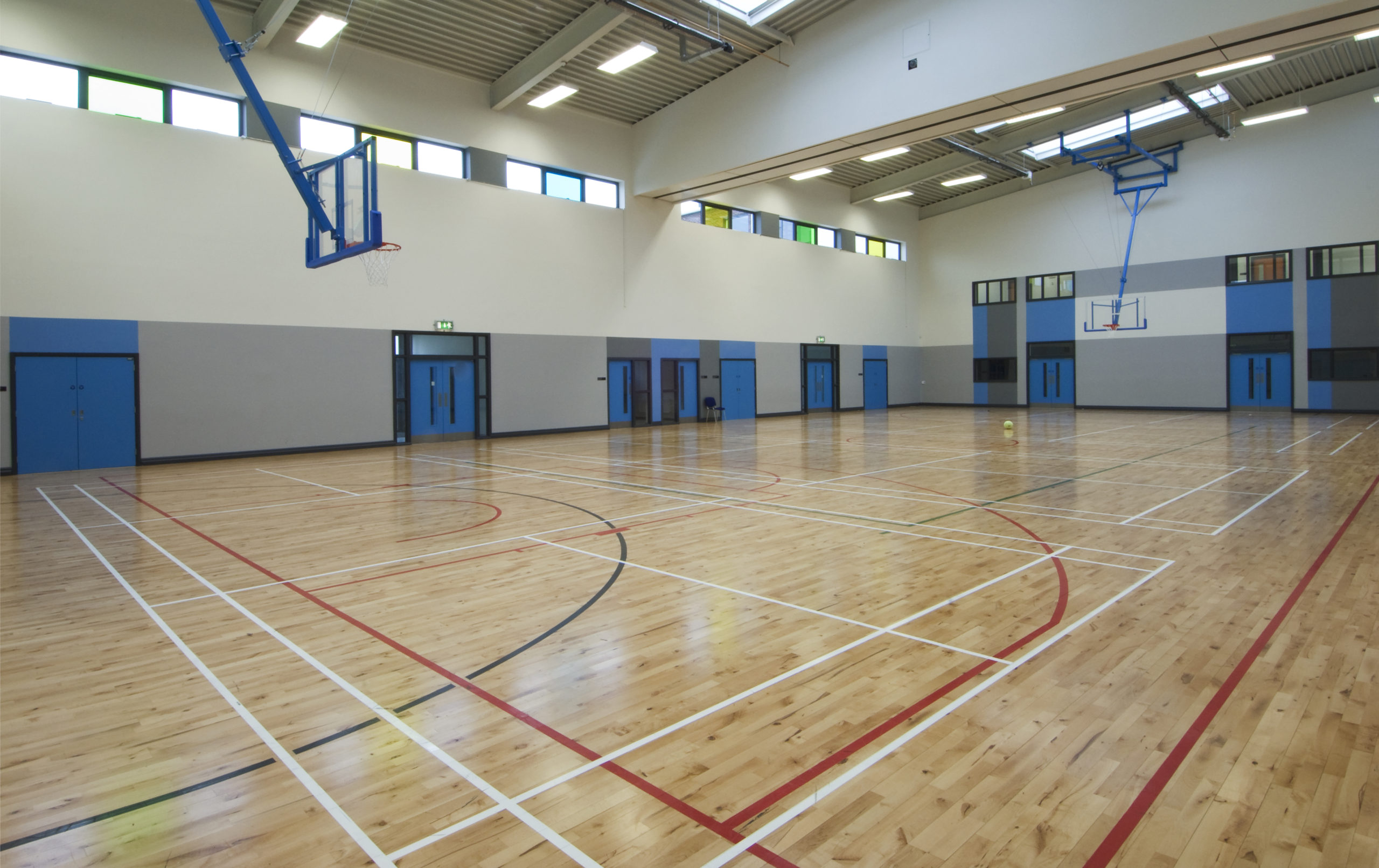Implementing an integrated distance learning system is the task of Minnesota public school districts during this final statewide planning week.
This includes reorganizing assigned roles to implement the steps needed in a new inside-out model of schooling. Employee representatives and union representatives should be included in planning.
Here are some considerations in this planning for instruction and material delivery and five steps districts can take to implement an integrated distance learning model:
- Teachers organize themselves within grade levels and departments and assign responsibilities for subjects and courses.
- Organize materials by families and delivery (to the door to pick up).
- Deliver materials and nutrition to families.
- School work is returned via photo, audio or video. No physical work is returned.
- The school work can be sent back to the teacher or a central email and phone and is forwarded to the correct teacher by a staff member(s) assigned to that task.
View Print-Friendly Version of this guide.
Why a New System?
Instructional tasks and readings can be sent out and downloaded with devices and phones. Districts with Learning Management Systems (LMS) will have a powerful tool to manage distance learning, but LMS are not required to implement distance learning.
Even if instructional tasks can be downloaded, completing the tasks on a device or phone may be difficult or impossible. If families can print from a device that will help the process. This is where assessing the devices and Internet capacity is critical. You will do this initially and then through the attendance calls to update your inventory of capacity. Learn more
Unless a district has 100 percent Internet access for all families and 1:1 devices at all grade levels, schools will need to organize logistics for delivery and return of instructional tasks and work. Districts will look as much like UPS or the Postal Service as a school. All school capacities will be used for integrated distance learning. Learn more
Synchronous online lessons can have students participating on their cell phone with data plans or even call in on land lines. The cell phone users can download the task or worksheet, but cannot answer on the form. They are most likely to answer by email or text. For land line only students, even that is not an option. Learn more on synchronous lesson scheduling
Step 1: Teacher Leads
Teachers organize themselves within grade levels and departments and assign responsibilities for subjects and courses.
The key is to organize grade levels and departments. Have teachers organize themselves within grade levels and departments and assign responsibilities for courses. Identify teacher or teacher team responsible for one series of lessons. For example, one fourth grade math lesson series. That teacher lead or team creates instructional materials distribution electronically and for duplicating paper copies. Elementary reading could be in levels if you have sufficient teachers in a grade level.
As a result, one teacher or a team is responsible in a grade and/or subject for creating the lessons, make adjustments for SPED students, providing the online synchronous teaching on the lesson, grading the student work, providing feedback, and integrating student performance into future lessons.
This initial step will simplify everything in the process—which is complicated enough.
Step 2: Distribution Center
Organize materials by families and delivery (to the bus stops or drop off sites).
Assuming there are worksheets, tasks or reading assignments not in a textbook, these need to be sent to the duplicating process in this inside-out model. Create a Distribution Center in your school to complete this work.
Think of a cafeteria or several adjacent classrooms close to an exit where busses can come or parents can pick up. This should be in a location separate from child care and have restricted access or screening for access. The system would be interrupted and need to start in a new location, should the initial location become infected.
Sort lessons by families based on the grades and subjects taken by students in each family. Combine all materials for students in the same family into one unit.
Then organize family units by how families will receive their lessons and nutrition (by bus stop or drop off location). For those who want delivery to bus stops, order families on a bus route in the order of the stops. Those who want to pick them up are organized alphabetically within pick up sites.
Employees in the out-bound distribution center need to have a list of each family member and the courses or elementary grade levels they are in.
Step 3: Delivery
Deliver materials and nutrition to families and pick up completed work.
Each family needs to indicate how they want physical materials and nutrition delivered, based on the options that your district is providing. Some examples include:
- Do they plan to download and print whatever is need and do NOT want nutrition?
Then you can take them off the physical delivery list. - Do they want to come daily to a pick-up site for physical materials? And nutrition?
- Do they want to-the-bus stop delivery? Until there is confirmation of the previous two options, it must be assumed this is the option for physical delivery of materials and nutrition.
With this information, the regular bus routes can be used or the bus routes can be reorganized into more efficient routes.
The district’s personnel capacity needs to be examined to run this delivery. Should this be district-wide daily, or is a two-day rotation needed to cover the whole district.
Busses should start routes at a standard time. All busses need to be loaded with lesson materials and nutrition before they pull away from the central location in the district.
One or two staff need to go with the driver to the hand off of materials and nutrition keeping 6 feet of safe distance. One staffer can be calling ahead to alert families that the bus will be at their stop shortly, while the other staffer is organizing the drop off.
This is a good time for short, friendly interaction. This is not attendance taking as that conversation will be longer, and it may be a child(ren) sent out to meet the bus.
Step 4: Returning Work
Completed school work is returned digitally.
No physical work should be returned to the school sites to limit possible contagion of your staff and the distribution center. The cell phone and data uploading should be used to supplement Internet access.
These uploads can be:
- Photos of completed worksheets, math work etc.
- Audio recordings of students reading. This will be key for reading instruction In addition to apps for audio recordings on district issued Chrome books and iPads, there are apps for nearly every type of phone. Learn more about audio recording: For iPhones or Androids
- Video recordings. Since these are data hogs, and slow to upload without broadband their use should be limited.
Students and parents can directed to send these uploads of completed work to teachers’ emails by gmail or Mail by Apple or a similar app, or emailed or texted to a common email or phone number. There may be reasons you want to use a common email or text number. See step 5.
Step 5: Inbound Center
Forwarding uploaded school work to the correct teacher.
Since the teacher(s) responsible for a specific subject or course may not be the students’ brick and mortar teacher, it may be hard for students and parents to remember to whom to send a completed lesson. It may also be easier for students and parents to text uploaded work to a phone number.
Consider creating an Inbound Center. Like air traffic control, staff members assigned to the Inbound Center are charged with forward work to the correct teacher.
- They can import the work from a phone to their district issued computer and email it to the correct teacher, or upload to that teacher’s server space should the district have shared cloud storage for all teachers. This will make it easier for the teacher to have all completed work in the same format.
- In forwarding and tracking work completed, a common district naming protocol will be helpful. A protocol could be name (last, first) date, grade and subject. This can only be done if work is sent to one location.
District size and availability of staff to forward uploaded completed work will be factors in determining whether districts implement this fifth step.
Technology like Google Classrooms also could be used to help achieve this Inbound Center. The key is to keep it simple and streamlined for students and families. Do the work on the back-end so they do not need a roadmap to determine where they need to return completed work.
Moving Forward
Developing and preparing to implement an integrated distance learning system is the task for Minnesota school districts this week. Monitoring it on a daily basis, communicating with parents, and making adjustments will be ongoing into the future.
Continue to assess how the system is working. Seek an accurate account from employees implementing each step to supervisors of the steps in the process and constant debriefing, tweaking and communicating:
- What’s working and needs to continue
- What’s not working and needs to be tweaked
- What has changed in the context of our families’ technology, COVID19 in the community, or in Governor’s Executive Orders that would change this
Resources
See a Distance Learning Example
MREA created this model as an example, assuming daily physical distribution to families and electronic return of student work.
View Print-Friendly Version of this guide.
……………………………
Taking Action
MREA developed a series of guides to help schools respond and plan for the spread of COVID-19:
- Distance Learning: Guide to Communicating with Families
- Distance Learning: Putting It All Together
- Steps to Respond & Communicate
- How to Plan for Distance Learning
Stay Connected
Stay apprised of resources and news on COVID-19 for schools at: MREAvoice.org/covid19





